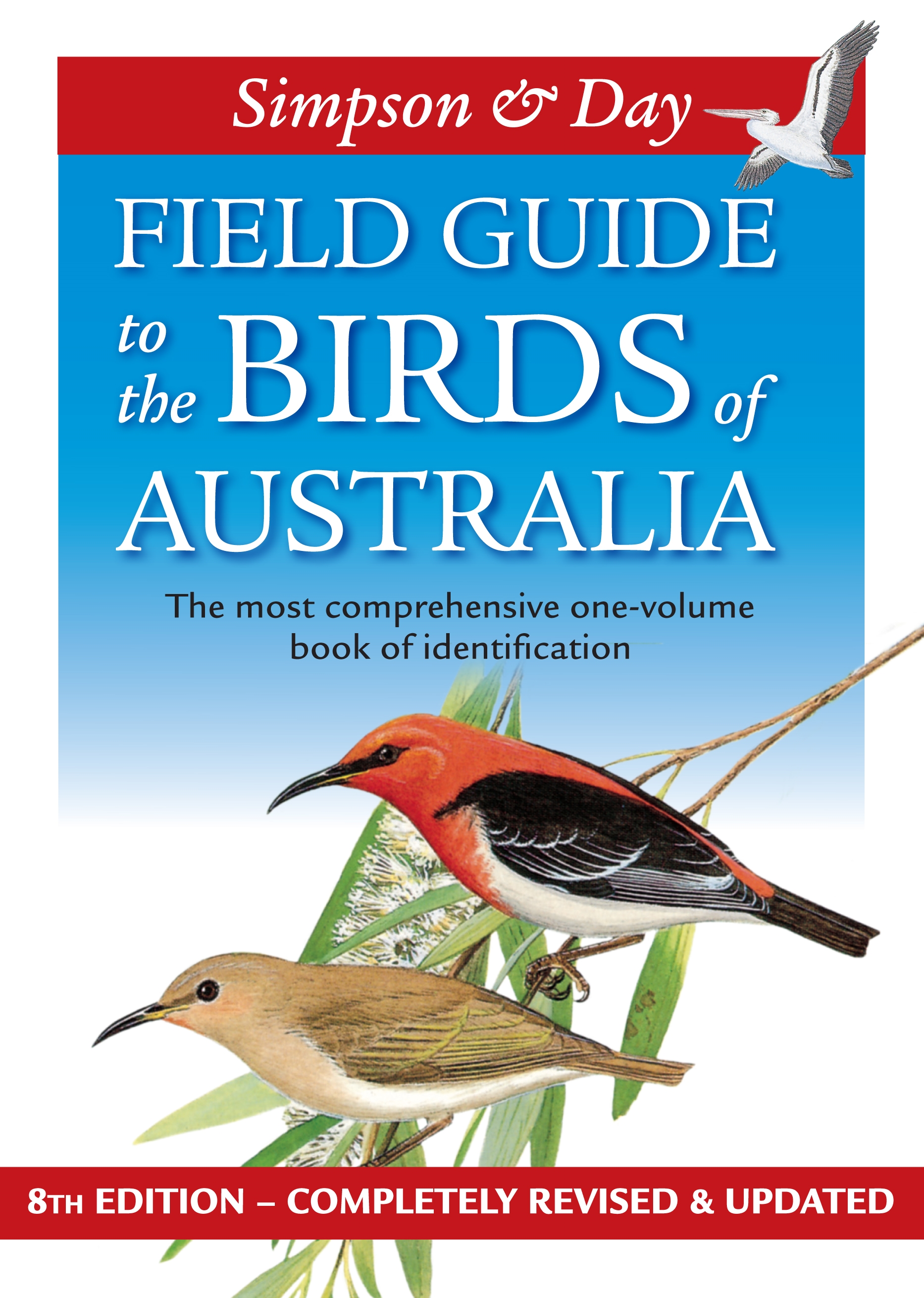Mongolian Horses, Monarto Zoo, South Australia
The Mongolian Wild Horse, or Przewalski’s Horse was once very common throughout much of central Asia. It is thought that they became extinct in the wild, but conservation efforts by zoos like Monarto Zoo in South Australia have been instrumental in reintroducing this species back into its natural habitat.
The breeding programme here at Monarto just a few minutes’ drive from my home has been very successful, and quite a few horses from the zoo herd have been returned to Mongolia. It is conservation efforts like this that make me pleased to be a supporting member of the zoo.
Further reading:
- You can read more about this horse by clicking here.
- To read more about zoos around the world, go to my son’s web site called ZooChat Forums. It features almost 1000 zoos and over 100,000 photos of zoos and animals.
- To read more about my visits to zoos, click here.
- To read about birds in zoos, click here.
New field guide to birds of Australia

Simpson and Day Field Guide to the Birds of Australia 8th edition
From time to time I feature birds on this travel blog. Birding is one of my major interests and I write about my sightings on Trevor’s Birding blog.
Many people carry a bird identification guide book with them on their travels. I make sure I always have one with me to help work out what I am seeing.
If you are a traveller – and interested in birds – I’d suggest that you find room for a bird field guide too. Most of them are compact enough to fit easily into a day pack or even a handbag.
Today sees the publication of a new field guide of Australian birds. The Simpson and Day field guide has been around since 1984 and has sold over half a million copies. Today the fully revised and updated 8th edition is published.
The publicist at Penguin Books Australia sent me a review copy a few weeks ago. I’ve written an extensive review of this exciting new book here on my birding blog.
Chimp enclosure, Monarto Zoo, South Australia
Monarto Zoo near my home town of Murray Bridge in South Australia is only about a ten minute drive from home. It is a part of the Adelaide Zoo and only about a 40 minute drive down the south eastern freeway from the capital city. Monarto is an open range zoo. It has many walking trails through the large zoo, the largest of its type in the world. Shuttle buses take visitors on guided tours through the various large enclosures. These stop at certain spots along the tracks so that visitors can get close up views of the animals.
Earlier this year a new, elaborate enclosure opened for a group of chimpanzees (see photos). On my most recent visit the chimps were already in the building and were almost ready to go into their night quarters. Consequently I didn’t get any good shots of the animals themselves. Always a good excuse to go back for another visit! Instead I have included below several photos of their outdoor activity area.
Further reading:
- Monarto Zoo
- Adelaide Zoo
- Zoos SA (South Australia)
- ZooChat Forums – my son’s site about zoos from around the world (over 100,000 photos of animals and zoos)
- Zoo articles – from my archives.
- Birds in zoos – from the archives of my blog Trevor’s Birding.
Red Pandas at Adelaide Zoo
Adelaide Zoo has had a great influx of visitor numbers since last December when the Giant Pandas Wang Wang and Funi went on display. You can read about them here and see many of the photos I took.
Right alongside their wonderful enclosure is a smaller display featuring their smaller cousins, the Red Pandas. I must admit, I prefer the Red Pandas to their larger cousins. Both are beautiful animals, of course, and we are very privileged to have both species on prominent display here in South Australia. I’m also pleased that the Red Pandas have a much more accessible enclosure, right next to the entrance to the zoo. Previously they languished near the back of the zoo in an area often neglected by visitors.
For details about Adelaide and Monarto Zoos, click here.
Hippos at Adelaide Zoo
One of the larger animals on display at the Adelaide Zoo here in South Australia is the Common Hippopotamus.It is quite often hard to get good photos of them because they are largely aquatic animals, preferring to spend most of their day in or under the water. This one came up within camera range and posed nicely for me.
To read more about these animals on the Adelaide Zoo website click here.











